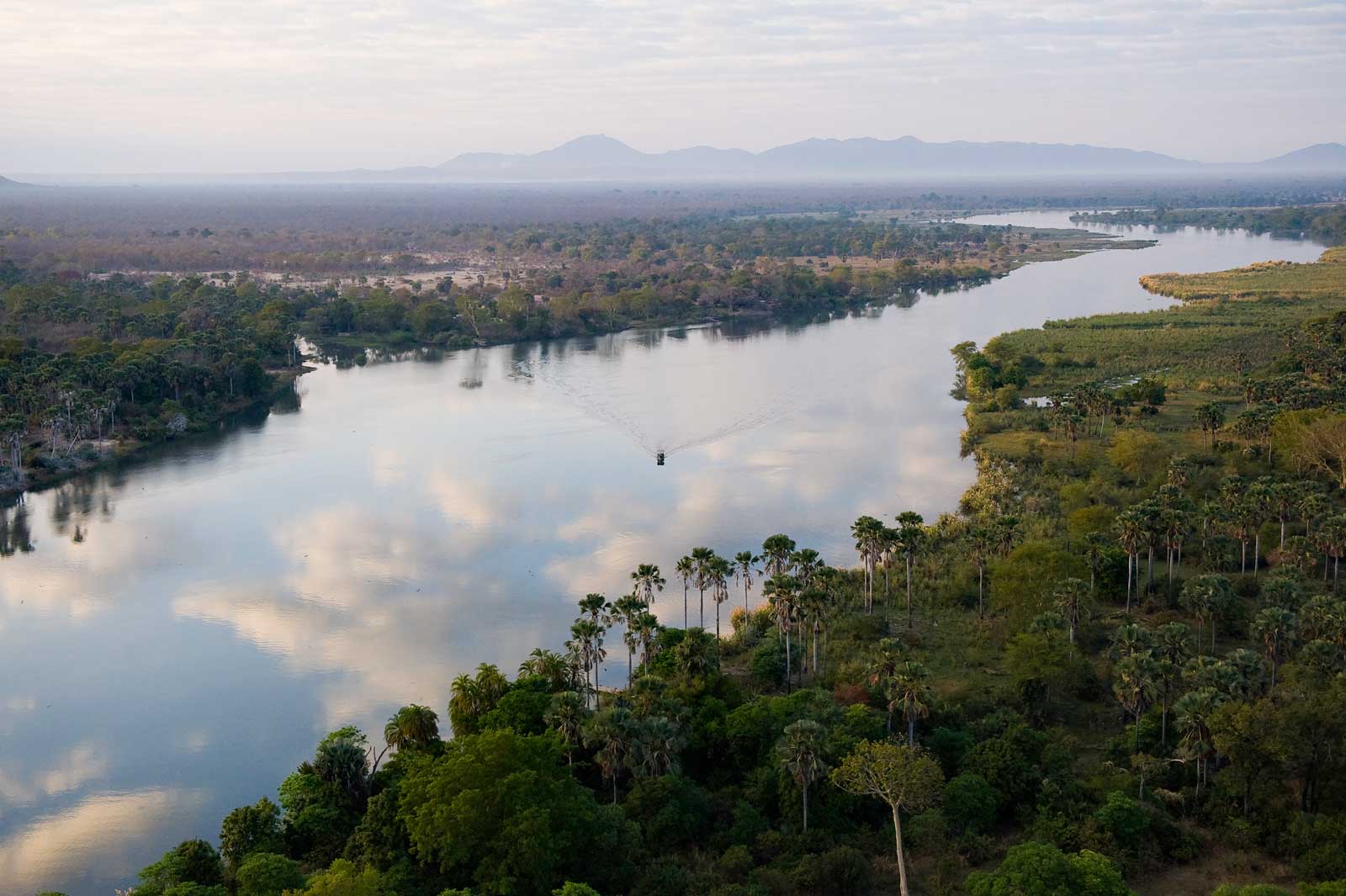In a previous post we celebrated the news that Prince Harry had been appointed as President of African Parks and introduced the first 4 of 12 conservation areas under the organisations management. For many nature lovers and adventure seekers, the wildlife reserves and national parks protected by African Parks are unheard of. These places were decimated by civil war, human-wildlife conflict, poaching, and neglect, and through agreements between local authorities and African Parks, conservation has become a priority, and work is being done to enforce law, provide employment, and nurture both the natural environment and the people who rely on it. In this 3-part series, we are introducing the 12 lesser known destinations that are being rehabilitated rebuilt into the magnificent, ecologically unique wilderness that it once was.
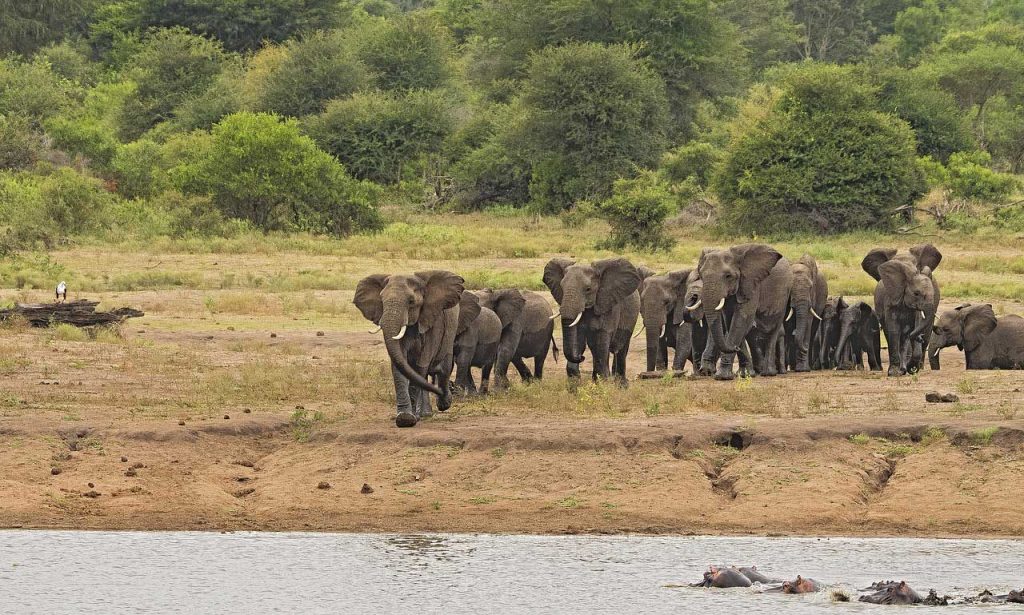
Garamba National Park
- Northern Democratic Republic of Congo (DRC), bordering South Sudan
- DRC’s only population of Kordofan giraffe
- Largest and last stronghold for elephants in all of DRC
- UNESCO World Heritage Site since 1980 and one of Africa’s oldest National Parks
- Part of 12500 sq. km Garamba Complex
- African Parks, and the Institut Congolais pour la Conservation de la Nature (ICCN) entered into a partnership in 2005 to manage the park.
Then and Now
Northern DRC and South Sudan are notoriously war torn, and the wildlife of Garamba has suffered significantly as a result of uncontrolled poaching for bushmeat and ivory over the decades. In the 1970s, there were estimated to be as many as 22 000 elephants in the 4900 sq. km national park, and today elephants number only 1300. Hostile conditions across the country during years of war and intense pressure from the Lord’s Resistance Army left Garamba as a shadow of its former self, while surrounding local communities suffered under the same conditions.
Now, under African Parks renewed management, Garamba National Park is responsible for the employment of over 1000 people, while strict law enforcement is in place to protect the park’s assets. Highly trained anti-poaching units are in place to protect wildlife, while schools, a hospital, mobile healthcare facilities, and environmental programmes are providing much needed support to communities. Just last year, the number of collared elephants grew to 47 and a number of rare Kordofan giraffe were born, while improved protection has been provided to Garambas rangers and endangered species, signalling the success and committment to conservation.

- Western Zambia
- Location of the second largest wildebeest migration in Africa
- 19th Century conservation story of King bestowing the land to his people
- Home of the famous lioness, Lady Liuwa
- In 2003, African Parks entered into a partnership with the Department of National Parks & Wildlife (DNPW) and the Barotse Royal Establishment, to manage the park.
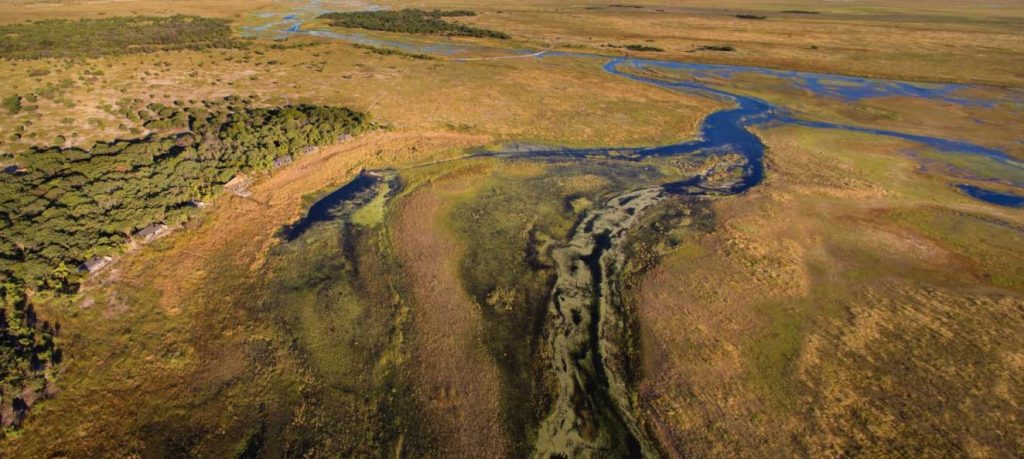
Then and Now
After the people under the King of Barotseland, Lubosi Lewanika, were named as the custodians of Liuwa Plain in the 19th Century, it seemed as people and wildlife would live harmoniously, looking after one another, but over time commercial poaching and subsistence hunting began to decimate the populations of wildlife, and rural settlements in the park started to destroy the natural environment. By the early 2000s, there was only one lion remaining in the 3660 sq. km area, and she became as Lady Liuwa.
In 2003, African Parks assumed management of the reserve and began work protecting the dwindling wildlife populations and supporting the local community. It is imperative that tourism in this unique region of Zambia benefits Liuwa’s community of people, and this is a priority for the conservation work carried out now. As a result of effective law enforcement and educational programmes, the predator population in Liuwa is now represented by over 500 hyena, new cheetah births, and Lady Liuwa now has a pride. Tourism received an important boost in April 2017 with the opening of the long-awaited luxury camp, King Lewanika Lodge, and arrivals continue to grow at the park’s community-owned campsites.
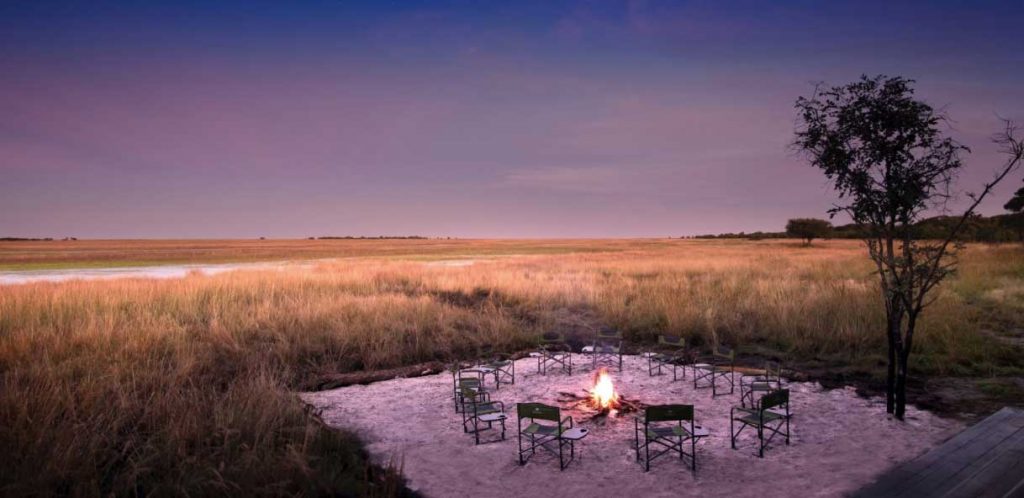
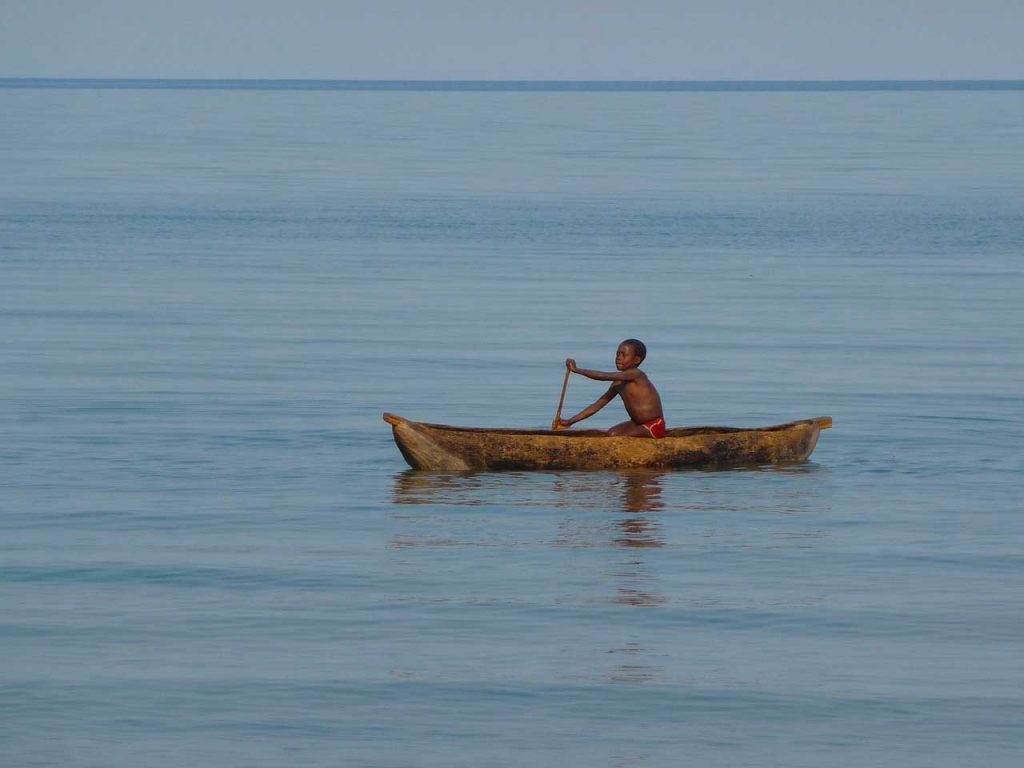
- Southern Malawi
- Home of the first cheetahs born in Malawi in over 20 years
- Origin of the 500 elephant translocation to Nkhotakota involving Prince Harry
- Protected area of the critically endangered black rhino
- Managed in partnership with Malawi DWNP since 2015
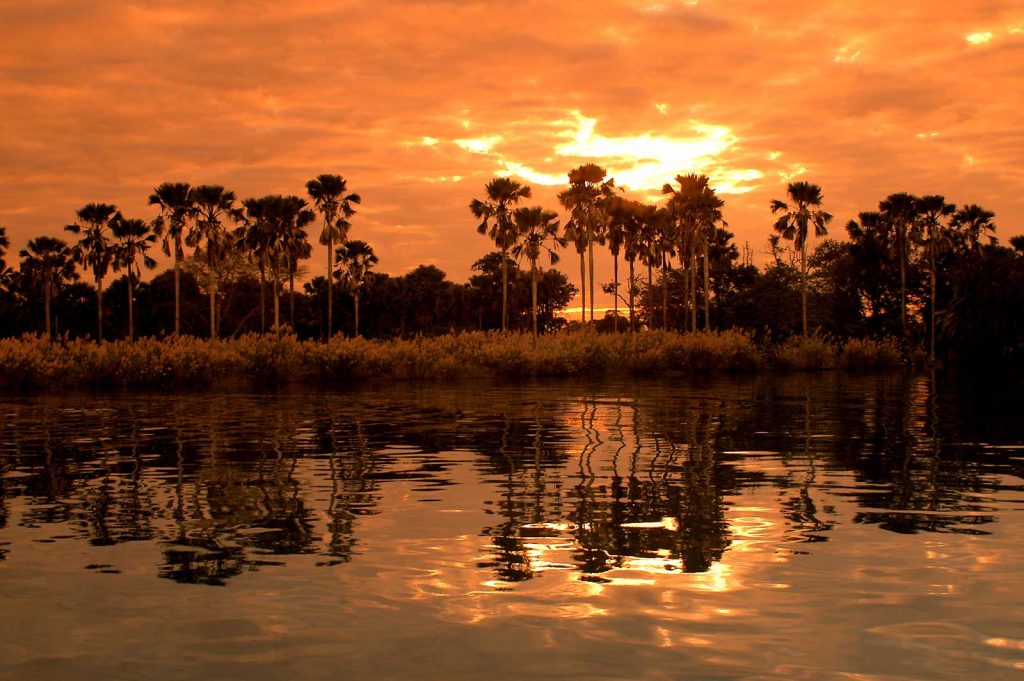
Then and Now
Liwonde’s landscape of abundant floodplains, baobab trees, and borassus palms has faced persecution by humans over many years, and the once flourishing population of wildlife was being wiped out by poaching. Human-wildlife conflict was a danger to both the elephants and the people living in the park’s surrounds, as the lack of fencing allowed the free movement between the villages and the wild. Illegal fishing and unsustainable deforestation have decimated Liwonde’s resources, and this important ecosystem was facing an uncertain future.
African Parks partnered up with the DWNP in 2015 and began by erecting a 170km electric fence to protect both the park’s inhabitants and the people living on its borders. Law enforcement became a priority and thousands of snares and gin traps were removed from the park, which immediately prevented further damage to the struggling wildlife population. The issue of overfishing has been eliminated and no people have lost their lives due to incidents with wildlife. Conservation efforts in Liwonde include the historic translocation of 500 elephants, and the reintroduction of cheetah.
Visit Mvuu Camp and Mvuu Lodge.
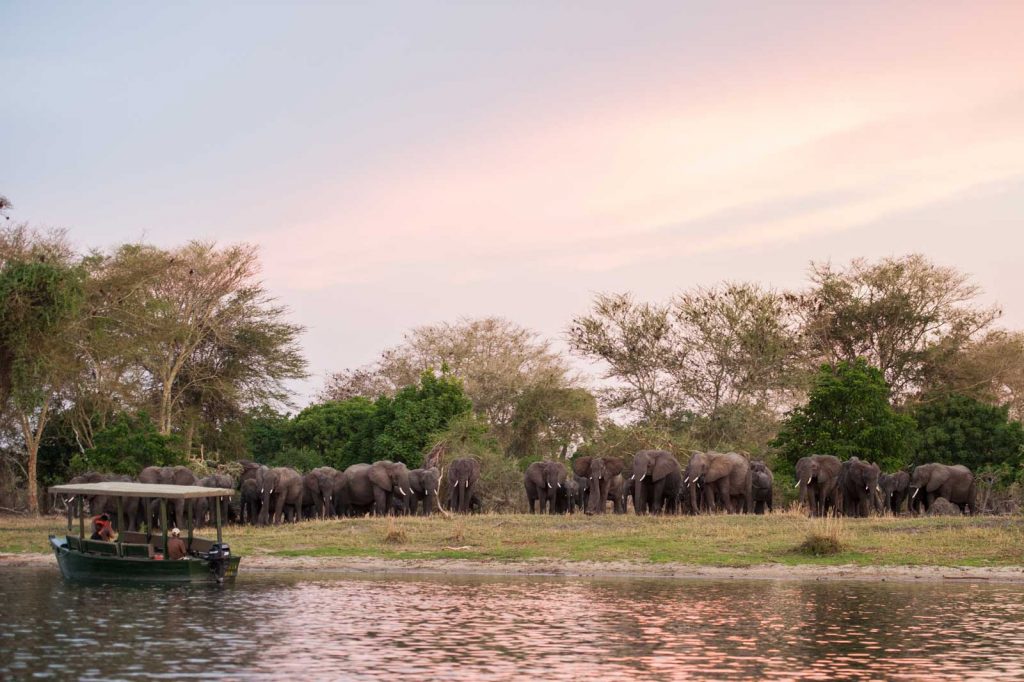
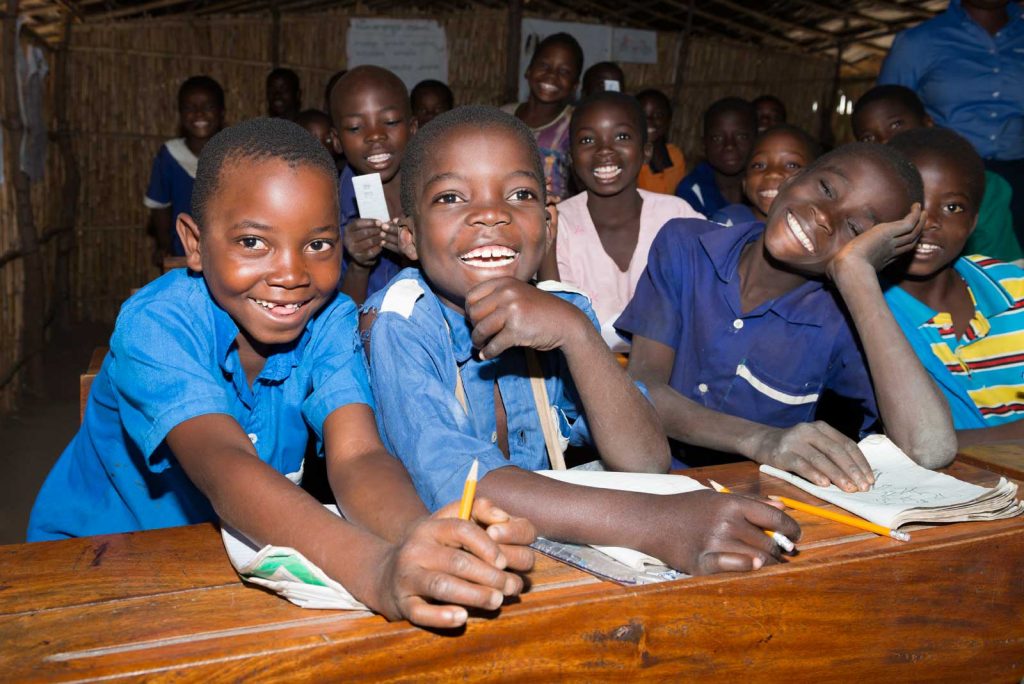
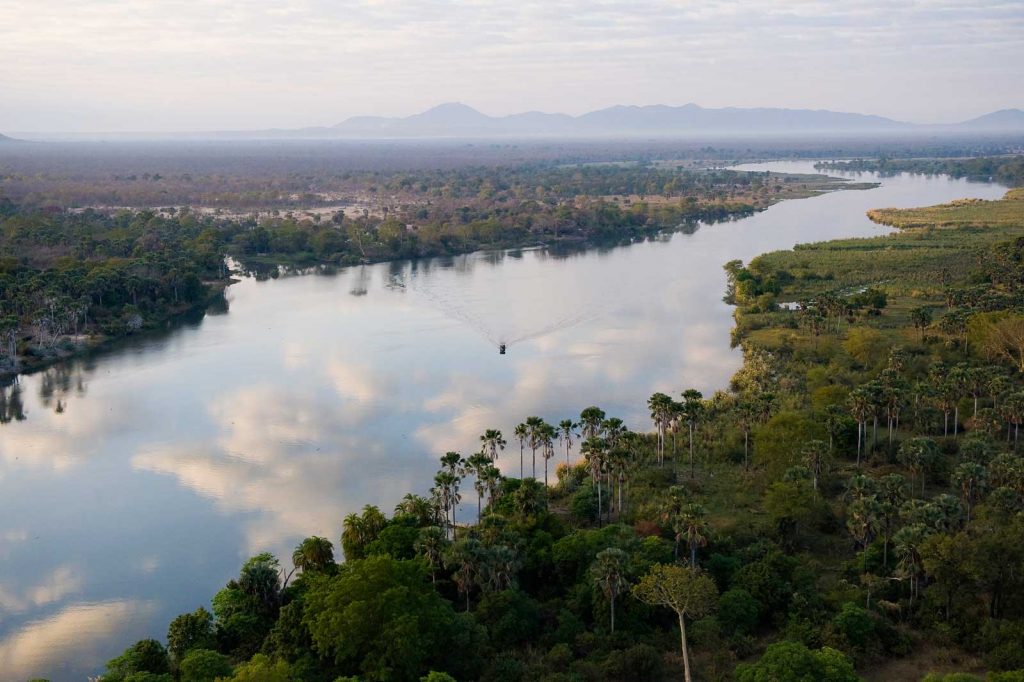
- Southwestern Malawi
- Malawi’s famous story of resurgance and restoration
- Enormous wildlife relocation success including elephant, rhino, and lion
- Malawi’s only Big 5 destination
- Partnership between Malawi DWNP and African Parks since 2003
Then and Now
Majete is perhaps one of the most powerful stories of conservation in history, considering the comeback it has made from a vastly decimated and depleted wilderness area to a thriving and protected national park. Prior to 2003 when African Parks took over management, Majete was barren of wildlife with all rhino and elephant having been poached out. Deforestation was rampant as the production of coal was taking over, while the local economy was suffering. 12 Scouts patrolled what was left of the park, but lawlessness had done its job.
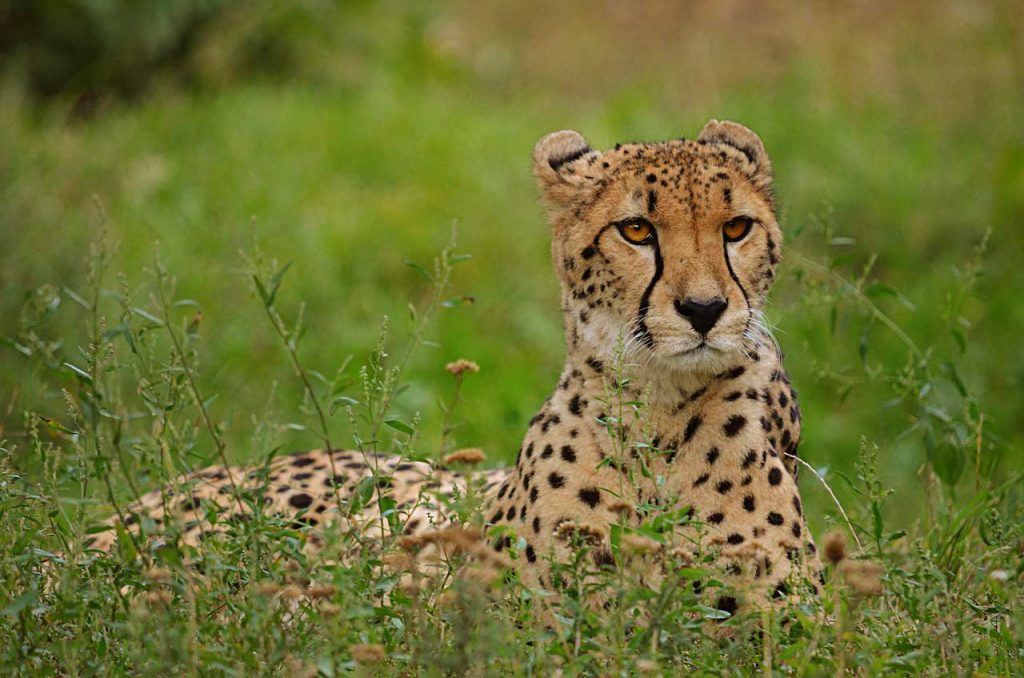
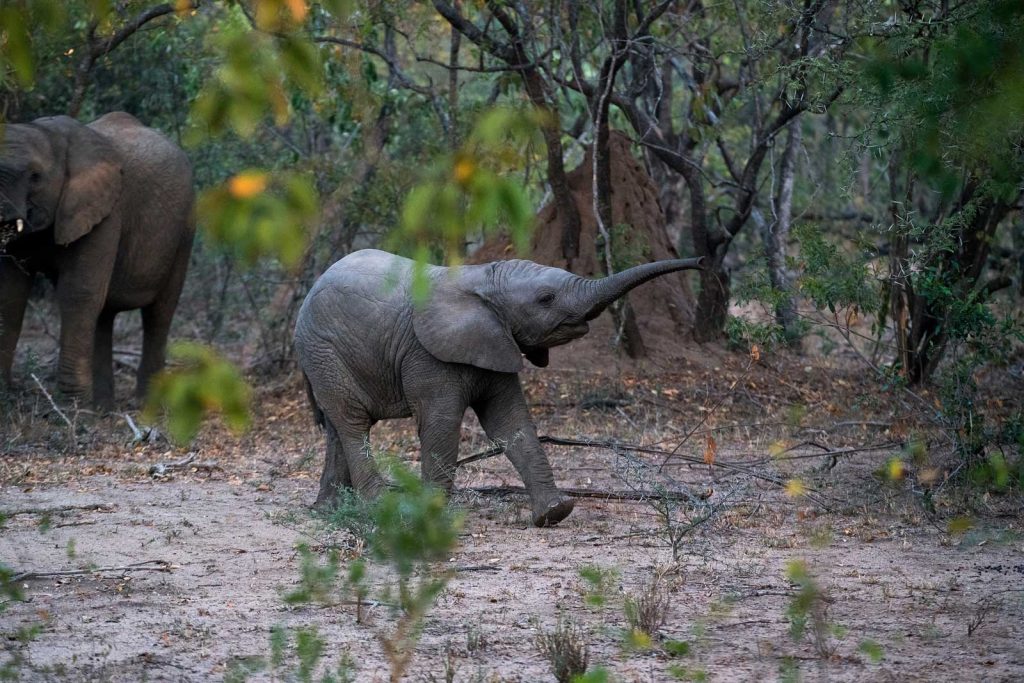
In 2003, African Parks signed a 25-year management lease with the DWNP and began work rehabilitating the area. Some of the greatest achievements that have taken place during the time since then is as follows:
- More than 2,500 animals have been reintroduced including black rhino, elephant, lion, leopard, sable antelope, impala and buffalo. The restocking of the park has led to Majete becoming a Big Five reserve, and Malawi’s premier wildlife destination.
- By 2017, the elephant population had grown to over 430 individuals since 2006 resulting in the ability to translocate 200 individuals from Majete to Nkhotakota to help repopulate that reserve as part of our historic ‘500 Elephants’ initiative.
- Effective law enforcement and close community engagement have resulted in a significant decline in the number of poaching incidents in the reserve year after year, with not one rhino or elephant poached since 2003.
- Employment has risen more than ten-fold at Majete since African Parks assumed management in 2003.
- The local economy has been transformed by creating economic opportunities and provisioning of services through the construction of infrastructure, including schools, clinics and safe roads.
- Tourism has been on the rise, with over 8,000 tourists visiting the park in 2016, a 10% increase from 2015, generating more than US$400,000 in revenue in 2016.
- In 2014 a state-of-the-art malaria research and prevention centre was constructed in Majete with the goal of reducing malaria by 80% in surrounding communities by 2018.
- A scholarship programme has been set up to provide school fees for local children who otherwise may not have had the opportunity to attend school.


